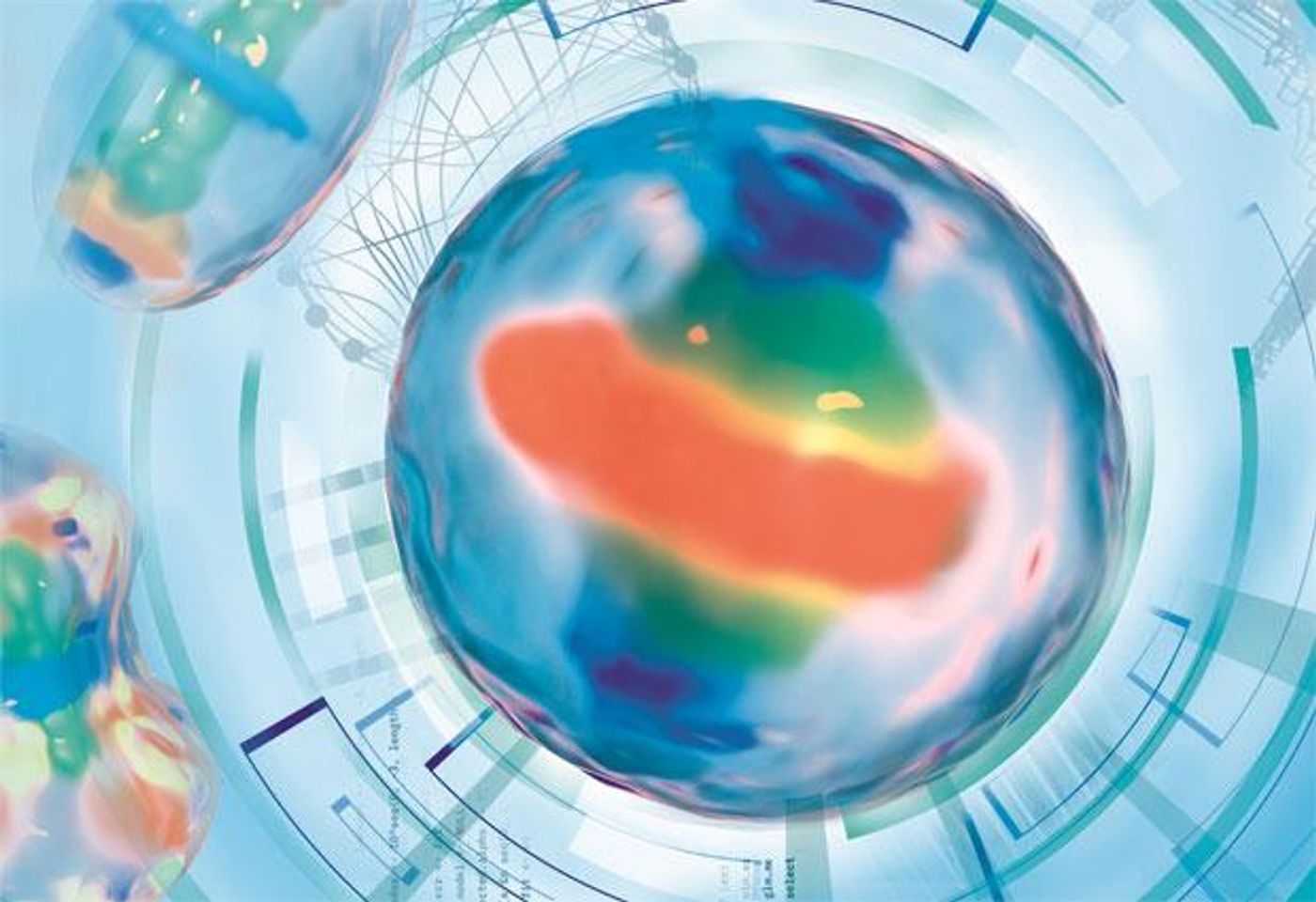Cell division is necessary for life to go on, and mitosis, in which a cell duplicates and splits into two new cells, has now been animated by researchers at the European Molecular Biology Laboratory (EMBL). They created an interactive map to follow the proteins that orchestrate the process as it happens. This work has been reported in Nature.
Researchers have decoded the human genome, but truly understanding our physiology means learning when and how our genes are expressed as proteins, and understanding what those proteins do. This team has previously identified the regions of the human genome that are necessary for cell division in the EU MitoCheck project.
Mitosis is a complex process that cannot be understood by looking at the functions of a protein or two; this new work looks at how many proteins work in concert.
"Until now, individual labs have mostly been looking at single proteins in living cells," said the leader of the study Jan Ellenberg, of EMBL. "Supported by the follow-up EU project MitoSys we were now able to take a systems approach, and look at the bigger picture by studying the dynamic networks many proteins form in living human cells."
The researchers have generated the Mitotic Cell Atlas, which is a 4D computer model. It is interactive and publicly accessible. Users can select any protein combination and watch them as they work through cell division. (The video below is an example using five proteins: AURKB (red), NUP107 (green), CENPA (purple), CEP192 (yellow), and TUBB4B (cyan)).
"Besides mitosis, the technologies developed here can be used to study proteins that drive other cellular functions, for example, cell death, cell migration or metastasis of cancer cells. By looking at the dynamic networks these proteins form, we can identify critical vulnerabilities, points where there's only one protein responsible to link two tasks together without a backup,” said Ellenberg.
This work was done with HeLa cells, a common cancer cells line. With CRISPR/Cas9 gene-editing technology, 28 mitosis proteins were modified with a fluorescent tag, and with 3D confocal microscopy, the process was captured. Computational tools then integrated the data to create the interactive model.
To make a complete picture of all the cycles of mitosis in human cells, around 600 proteins have to be tagged and imaged, so more work remains before this project is complete.
"At EMBL, we're constantly adding information to the atlas by imaging more proteins in the same standardized way," said Stephanie Alexander, a research manager in EMBL's Ellenberg group. "In the long run, a full overview of all the cell's proteins will allow us to see how different important processes of life, like cell division and cell death, for example, are linked to one another. You can only understand this from a network point of view."
Sources: AAAS/Eurekalert! via EMBL, Nature









